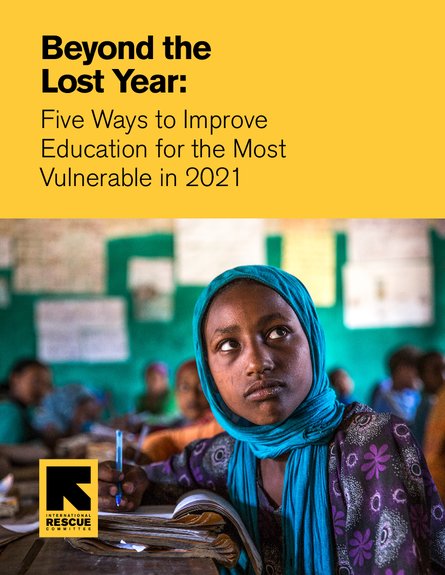
COVID-19 has disrupted the lives of everyone around the world. The impact of the virus and resulting lockdown measures have not been felt equally, however, with children experiencing perhaps the largest disruptions to their day-to-day lives. In April of this year, 91% of students--approximately 1.6 billion--were out of school, compounding what was already a dire situation. Prior to COVID-19, an extraordinary number of children – more than 250 million – were already out of school. These young people were overwhelmingly concentrated in fragile and conflict-affected settings (more than 50% at 127 million). Refugee children are five times more likely to be out of school than their peers.
Nine months since the start of the pandemic, the exact numbers of students who are no longer in school is difficult to measure, but experts predict that 10 million of the most vulnerable children will never return. The learning losses that come with children not being in school have the potential to last a lifetime--extending well beyond this lost year. And while vaccines are beginning to rollout and the end of continued worldwide disruptions may be in sight, we all - from the international community to local school districts to individuals - have a responsibility, as well as an opportunity, to not only stop the bleed in learning over the course of these next few months, but to ensure that learning systems and structures are built back better to reflect the lived experiences of children around the world, particularly in already-struggling fragile and crisis-affected contexts.